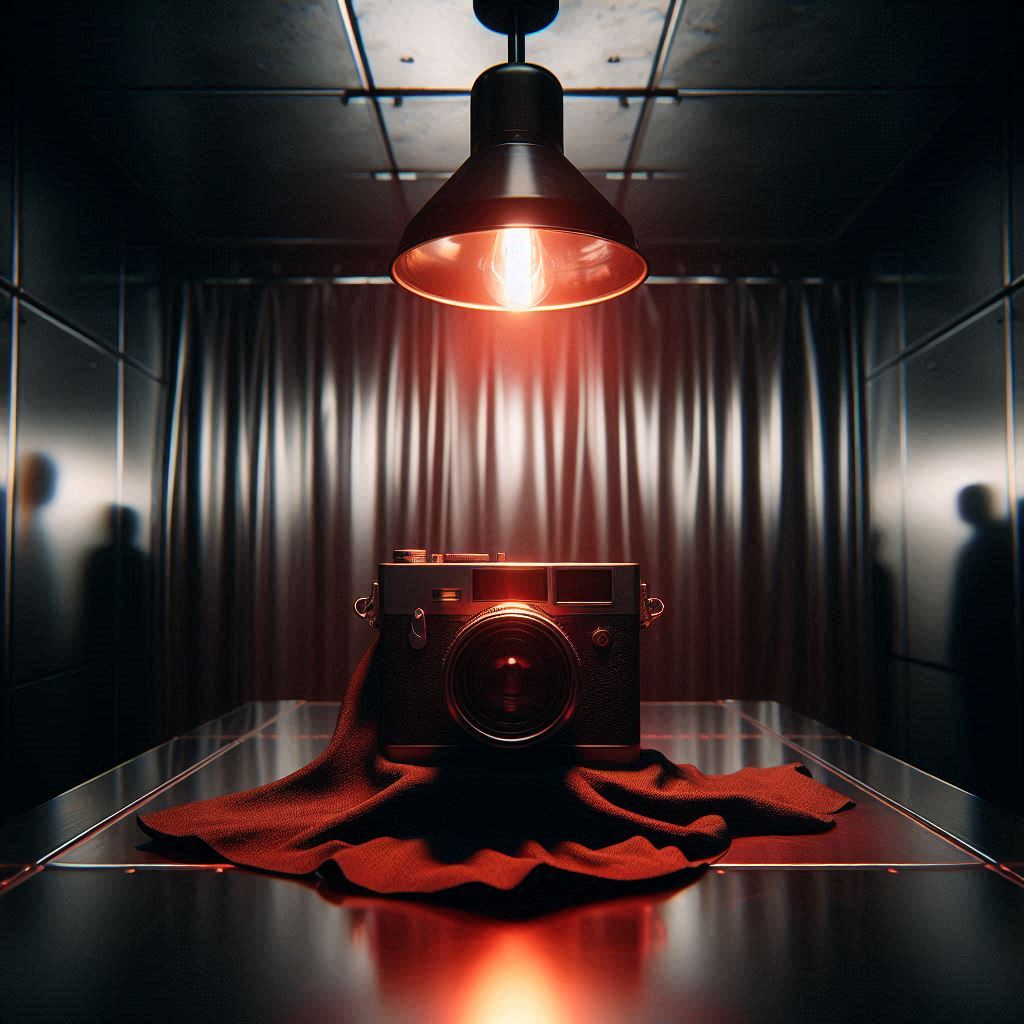A: Introduction
The
past couple of months have proven themselves to be hectic. There has been a
crash course for all citizens in Constitutional Law 101. The need for this
urgent immersive course was mooted by a ‘constitutional crisis’ created after
the announcement of possible impeachment proceedings against the Chief Justice
of the Republic sometime in March, this year.
Now,
by constitutional imperative, all the processes and procedure for undertaking
such a dreadful exercise as impeaching a Chief Justice are to be carried out
outside the prying eyes and motor mouths of the general public. Article 146 of
the Constitution says so. The Supreme Court has also given its voice to it.[1]
For
reasons which one cannot easily surmise, the petitions and responses that were to form the
basis for determining the Chief Justice’s fate found their way into the public
domain; word for word. For citizens who had been starved of an opportunity to
see a high flyer brought down from high judicial seat unto the doormat in the 4th
Republic, no effort was spared in giving their commentary on the evolving saga,
either for or against possible impeachment.
In
the interim, three law suits were filed in the Supreme Court to stall the
supersonic-speed impeachment proceedings: One by a citizen/MP; another by an
entity called “CenCES” whose antecedents were unknown till its writ was filed;
and thirdly, by Her Ladyship, The Honourable Chief Justice herself. It is my
duty to recall that all interlocutory applications in the three suits were
dismissed; some unanimously, some by majority decision.
It
was in the supplementary affidavit to the Chief Justice’s application for interlocutory
injunction in her own case that she narrated various instances of what could be
termed as “procedural irregularities” pertaining to the on-going 5-member
constitutional committee’s composition and proceedings. Again, that
supplementary affidavit filed in the Supreme Court found its way into the press
and social media for discussion.
Undoubtedly,
chief among the many ills the Chief Justice enumerated against the proceedings
being held before the Committee was the decision to hold the hearing in camera
(that is, in private with no public participation). She contended that though
the Constitution, 1992, stipulated that the hearing of the Committee must be
held in camera, she had opted for a public hearing and the same had been turned
down by the Committee, effectively curtailing her right to such public hearing.
Immediately,
the contents of the supplementary affidavit were savoured by citizens, the
dichotomy of opinion was evident: Her Eminent
Ladyship is being treated unfairly vs. Ms. G should shut up and put up with it.
In the end, the Supreme Court’s unanimous decision aligned with the latter
view.
This
article discusses the overarching implications of the need to take a second
look at the processes for holding administrative inquiries, including
impeachment proceedings for the removal of judges and Chief Justices and
disciplinary proceedings against lawyers. If the Chief Justice’s complaints
about processes and procedure of the administrative committee are anything to
by, then the statutory and constitutional provisions regulating such processes
must be revisited.
B: The battle for Supremacy: Prima facie vs. In Camera.
The
public interest generated by discussions around the Chief Justice’s impeachment
proceedings had different effect on different folks. Some deemed it a welcome
development on citizens’ engagement and interest in legal and constitutional
matters. Others, on the other hand, perceived it as a sort of comic relief from
persons who sought to display their knowledge of the law by how forcefully they
could explain the terms “prima facie” or “in camera” to the rest of us. Of all
the latter-day ‘legal’ commentators, my personal favourite (and the people’s
favourite too) remains one Alhaji Masawudu. His passionate explanation of how
to establish a “prima facie” case is one that citizens will not forget in a long
time.
On
the light of the generated public interest, armed with the information seeping
out to the effect that the Chief Justice had stated her preference of open
court proceedings to ‘in camera’ hearing, the legal discussions erupted once
again. This time, the dichotomy of opinion was thus: If the Constitution, 1992
says the hearing must be in camera, that is it. It must be heard in camera. In
justification of this school of opinion, it was argued that the constitutional provision
is intended to “protect” the person undergoing trial – in this case, the Chief
Justice. Thus, it was preposterous for that same person who was being protected
from public scrutiny to rather seek a hearing in public. The second school held
the view that public hearing was the best safeguard against abuse of procedure
and other possible manipulations of the process.
C: The danger of in camera hearing
It
makes for easy appreciation when one contends that holding any form of inquiry
or hearing in private is the best thing that came out of the Magna Carta. The
assertion that in camera hearings protect the person involved sounds
attractive. But the question that needs to be asked is this: Why has the jurisdiction
that originated the Common Law tradition itself abandoned in camera administrative
hearings in favour of public hearings?
For
answers to this rather nagging question, let’s make a date.



